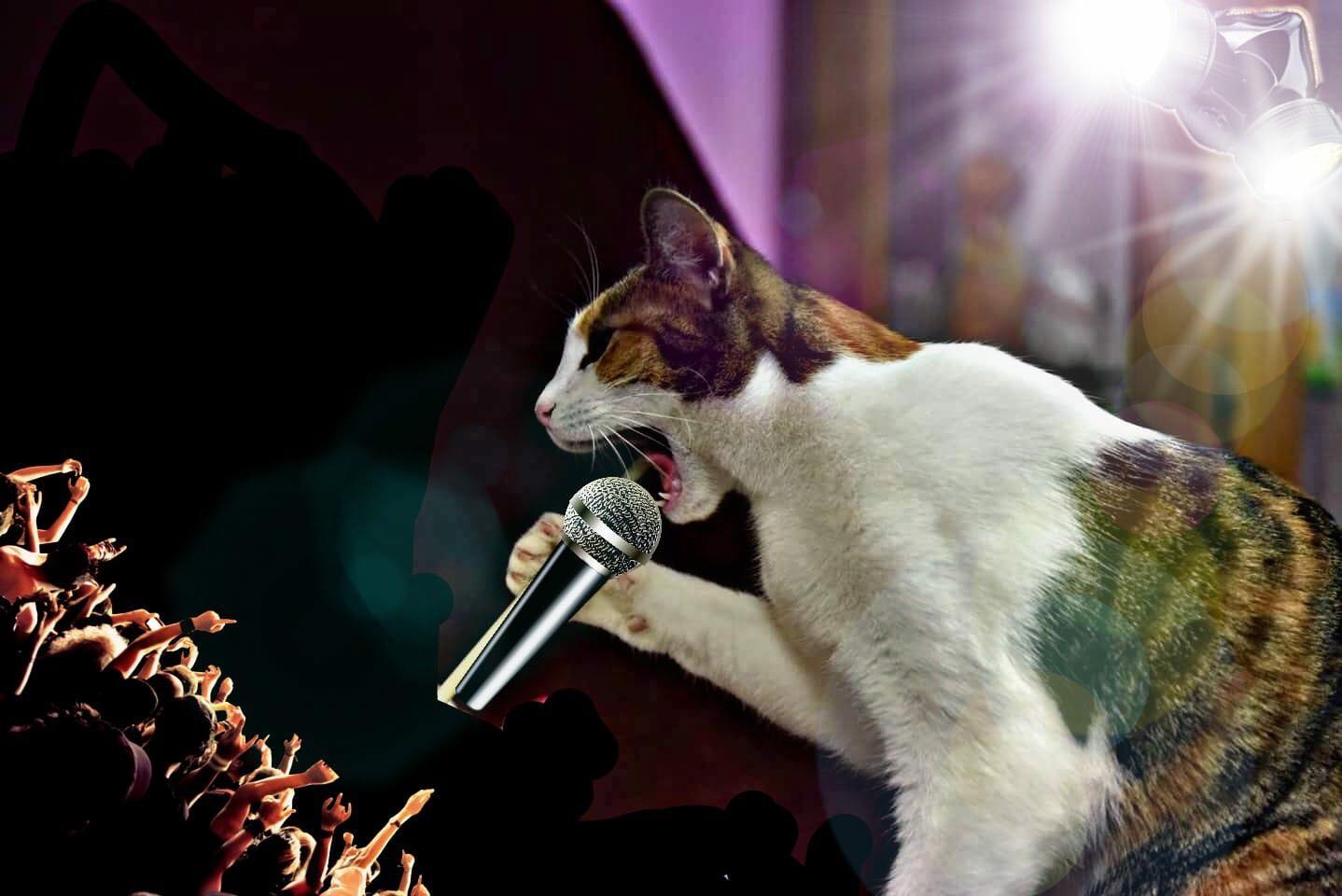
Pekoe letting the crowds enjoy her vocals
When children are introduced to the concept of the balls of adorableness that are cats typically the first thing they learn is what they sound like. The iconic “meow” and purr are just that, iconic. But what do these vocalisations mean? Do they even mean anything at all? Well, that’s what we’re going to take a look at this week.
Now, of course, we’ll never know for sure exactly what is going throw a cats head but by studying behaviours we can get a pretty good guess and this is what people are thinking so far. The big thing to note is that adult cats will communicate with their feline friends via other means such as body language and they pretty much devote their vocal performances to their human servants.
Cats will typically start meowing as kittens and they use it as a way to speak to their mothers. This is to gain attention and support and they will grow out of it soon enough. It is believed that as cats were domesticated the act of meowing was extended into adulthood as a form of gaining similar attention from a human. At that point meowing is a very general piece of kitty language, it could be a hello, it could be a request for food or it could be entirely unsolicited. This entirely depends on the kitty in question and the behaviours they have learned throughout their life.
The next big sound is the purr. That oh so wonderful vibration that is absolutely

You can hear the purrs from old Cuddle Star Chewy
adorable to listen to. We don’t actually know for sure where a purr comes from because there is no dedicated piece of anatomy for this sound and there are many different theories so I’m just going to leave that topic for you to research at your own leisure. A purr is typically a positive sound that a cat will make when they are content. Again this develops as a kitten as can be a signal to the mother that the kitten is okay. Purring isn’t always used when a cat is happy though. Sometimes a cat may purr when it is injured or distressed as it is considered a sort of natural healing mechanism with some researchers believing it to be able to heal bones and wounds due to its low-frequency vibrations. Again, that’s quite the interesting topic and you may want to look into that further.
Next, we have yowling. This one sounds sort of like a loud long meow. This is commonly used to show that a cat is distressed, maybe you accidentally locked it in a room. Also if your cat hasn’t been desexed yet (which you should probably get on) they may caterwaul during mating.
There are all kinds of sounds that cats make when they are either being aggressive or defensive. Growling and hissing can be signs that a cat is in fear or irritated and typically you’ll want to leave that kitty alone.
Now there are a couple of other sounds that a cat might make throughout its life either to humans, other cats or even itself but we won’t be looking into those today. One of the big takeaways should be that the majority of vocalisation in cats is behavioural and therefore this article is not a strict guide but more of an insight into general feline conversation. With that said I’m curious as to the sounds your furbabies make and what they mean, so leave that in the comments below!





